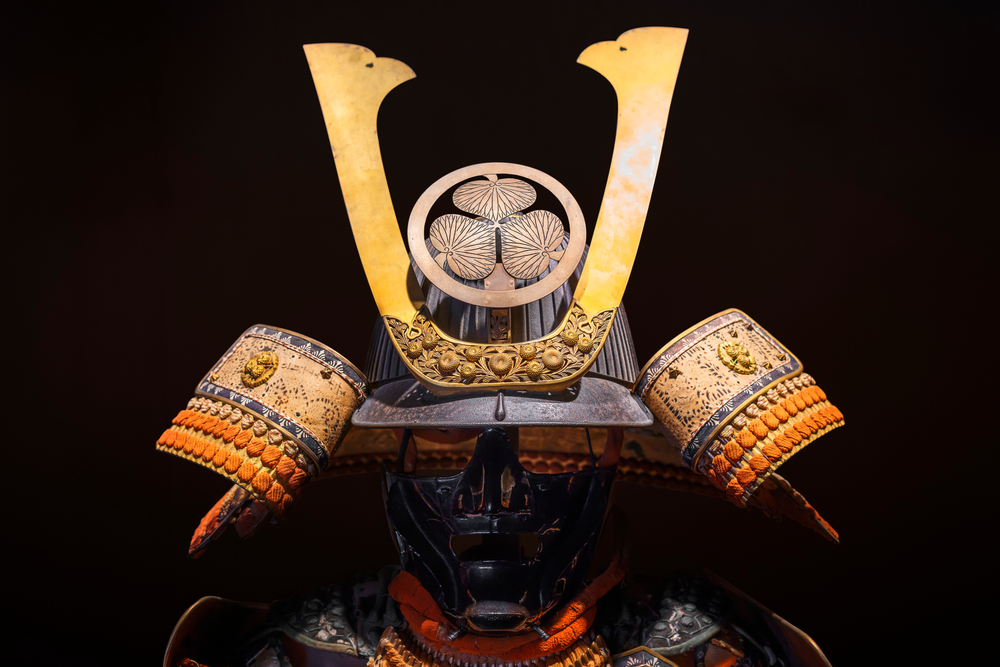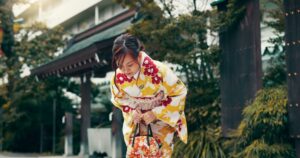What is Bushido, really? In an age where samurai and ninja are global icons, few understand the deep spiritual foundation behind Japan’s warrior path. This blog begins a journey into the heart of Bushido—not the myth, but the living code that shaped a nation.

Who I Am—and Why I Write This Blog
I am a cultural historian and researcher of classical Japanese literature.
After many years of studying the spirit, language, and values that have shaped Japan, I’ve launched this blog to share the soul of Bushido with the world—through the English language.
In recent years, Japanese Bushido has once again captured international attention, thanks in part to television series like Shōgun. The image of the samurai—stoic, strong, and mysterious—continues to fascinate people across cultures.
But the truth is far deeper.
Samurai and Ninja—Two Very Different Paths
Ninja, with their masks, stealth, and shadows, are wildly popular around the world.
But make no mistake: samurai and ninja were fundamentally different beings.
I was taught by Master Shiina Ichiei, a legitimate successor of the ancient Hokushin Ittō-ryū school of swordsmanship. He once explained what it truly meant to live as a samurai:
“If injustice occurs before your eyes, no matter how strong or numerous your opponents, you must draw your sword. But you must also explain why you draw it—and allow your enemy to do the same. A samurai fights openly, face to face.”
Even if you are slain in the duel, it is considered an honorable death.
And if you win—unless you’ve been granted special permission—you must perform seppuku (ritual suicide) to atone for having taken a life.
Taking a human life demands responsibility. That was the code.
Sharpening the Blade—to Cut One’s Own Belly
Samurai constantly kept their blades razor-sharp—not for killing others, but to end their own lives with dignity, should the need arise.
It was said that the cleaner the cut, the less the pain.
This wasn’t a culture of bloodlust, but one of preparedness, honor, and responsibility.
It was this deep sense of personal accountability that shaped Japan’s moral culture—where “shame” served as an internal compass for public life.
The Status of Ninja—Far Below the Samurai
In contrast, the ninja specialized in stealth, ambush, and assassination.
Their missions were secret, and their methods, by necessity, were dishonorable in the samurai worldview.
When a samurai met a ninja, the samurai would remain seated in the main room—while the ninja would bow deeply from the garden, never stepping onto the same floor. That’s how great the difference in status once was.
This is not to judge.
Each had their role, shaped by purpose.
But in our modern world, where samurai and ninja are often blended together in media, it’s important to begin by telling this truth.
What Comes Next
In the next article, I will explore a simple word: “Arigatou” (thank you)—and how its meaning differs profoundly from its English counterpart.
Through this lens, we’ll begin to see how language reflects worldview—and how Bushido fits into the deeper currents of Japanese spirituality.
I hope this blog becomes a small window into the quiet strength and beauty of Japan.
And if even one of these stories moves your heart, I will be deeply grateful.
(To be continued…)


